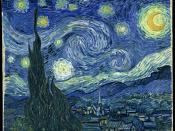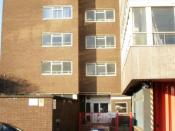rBipolar DisorderBipolar disorder is a destructive illness that is often difficult to diagnose due to the complicated manner and distinct ways in which it presents itself. Clinicians attempt to decrease the severity, frequency and duration of manic and depressive phases by offering both pharmacotherapy and psychological treatment. Clinicians often have to treat comorbid conditions such as personality disorders, panic disorder, generalized anxiety and substance abuse. The purpose of the article, Bipolar Disorder: Causes, Contexts, and Treatments, is to assist clinicians in diagnosis and treatment of bipolar disorder. The article takes a close look at the vulnerabilities and cognitive styles of those individuals at risk for bipolar disorder. It examines pharmacological treatments along with three forms of psychological treatment including interpersonal social rhythm therapy, family-focused treatment and cognitive behavioral therapy. The effectiveness of the treatments used for bipolar disorder is also reviewed.
Bipolar Disorder is a mood disorder in which it causes episodes of depression and mania.
Many of the symptoms of a depressive mode include an overwhelming feeling of emptiness or sadness, a lack of energy, a loss of interest in things, trouble concentrating, changes in normal sleep or appetite, and/or thoughts of dying or suicide. Life is full of high and lows for a human that encounter everyday stress. During the times of a manic episode a person may feel agitated, uncooperative and very aggressive; these can be extremely frightening. However, a human diagnosed with bipolar disorder can have an extreme high of endless energy that makes them seem dangerous or insane. At the same time, one diagnosed can have extreme lows to the point that they don't even feel like living anymore. For example, a car salesman can go to work on Monday, and he will meet his quota. Along the same lines, the...


